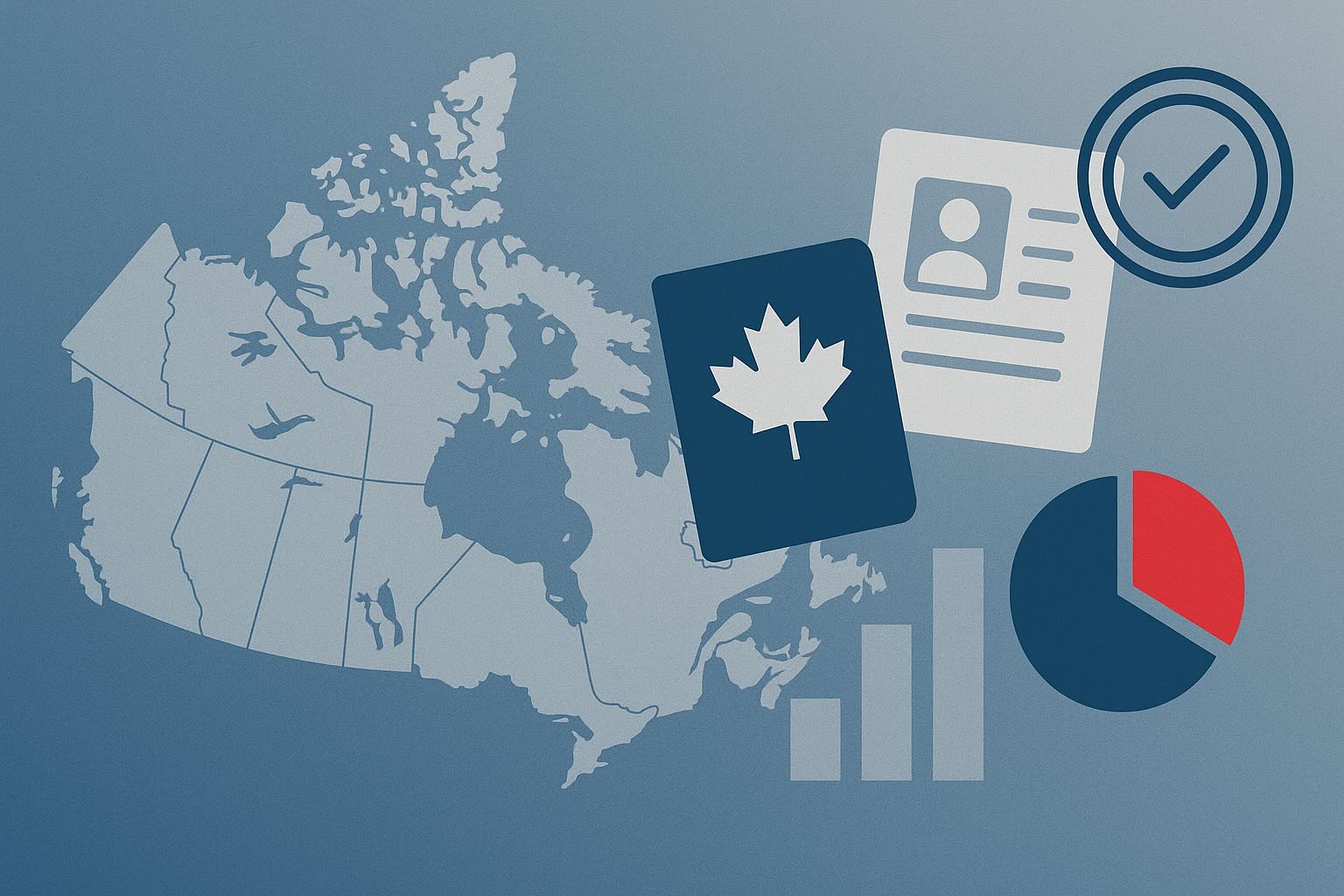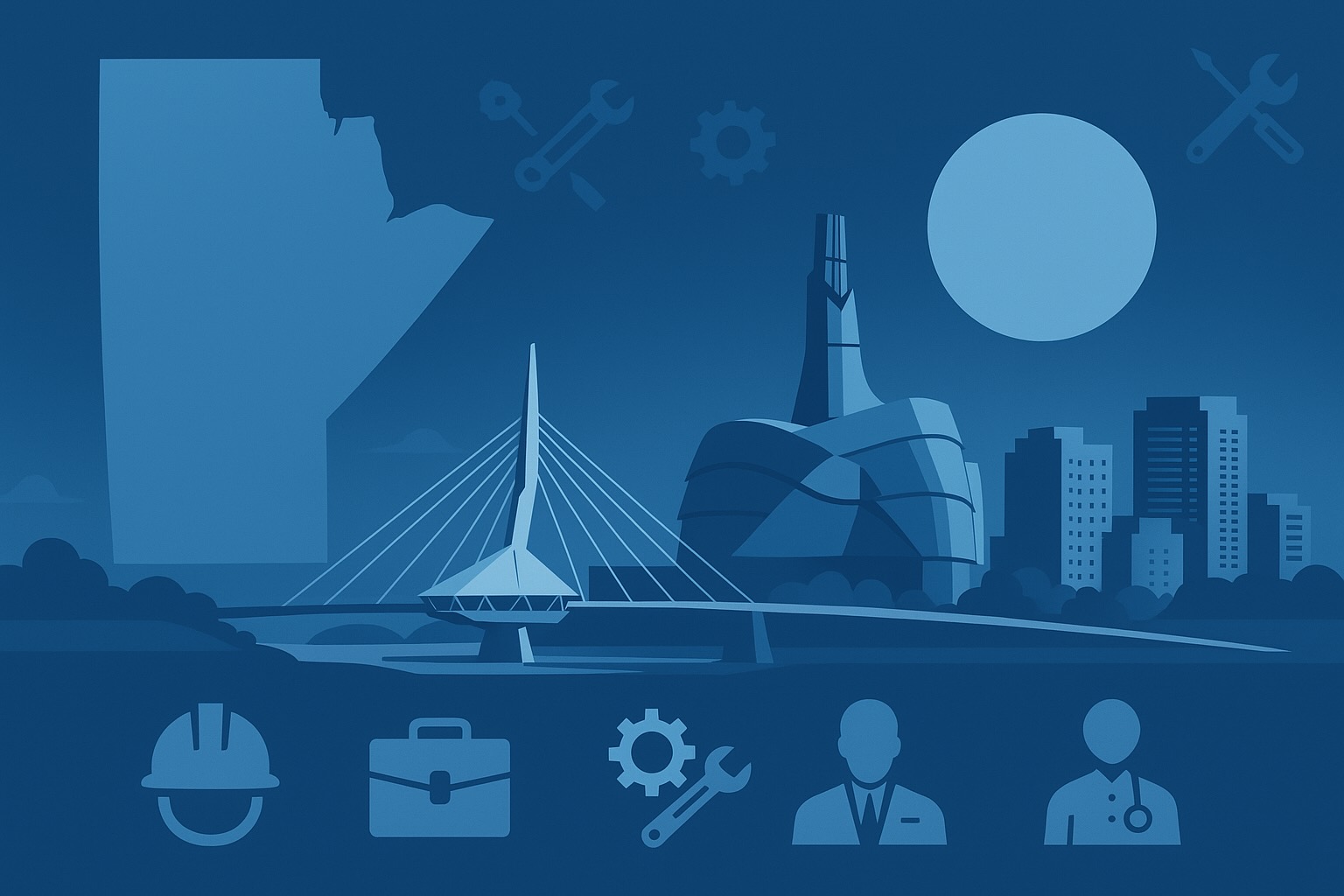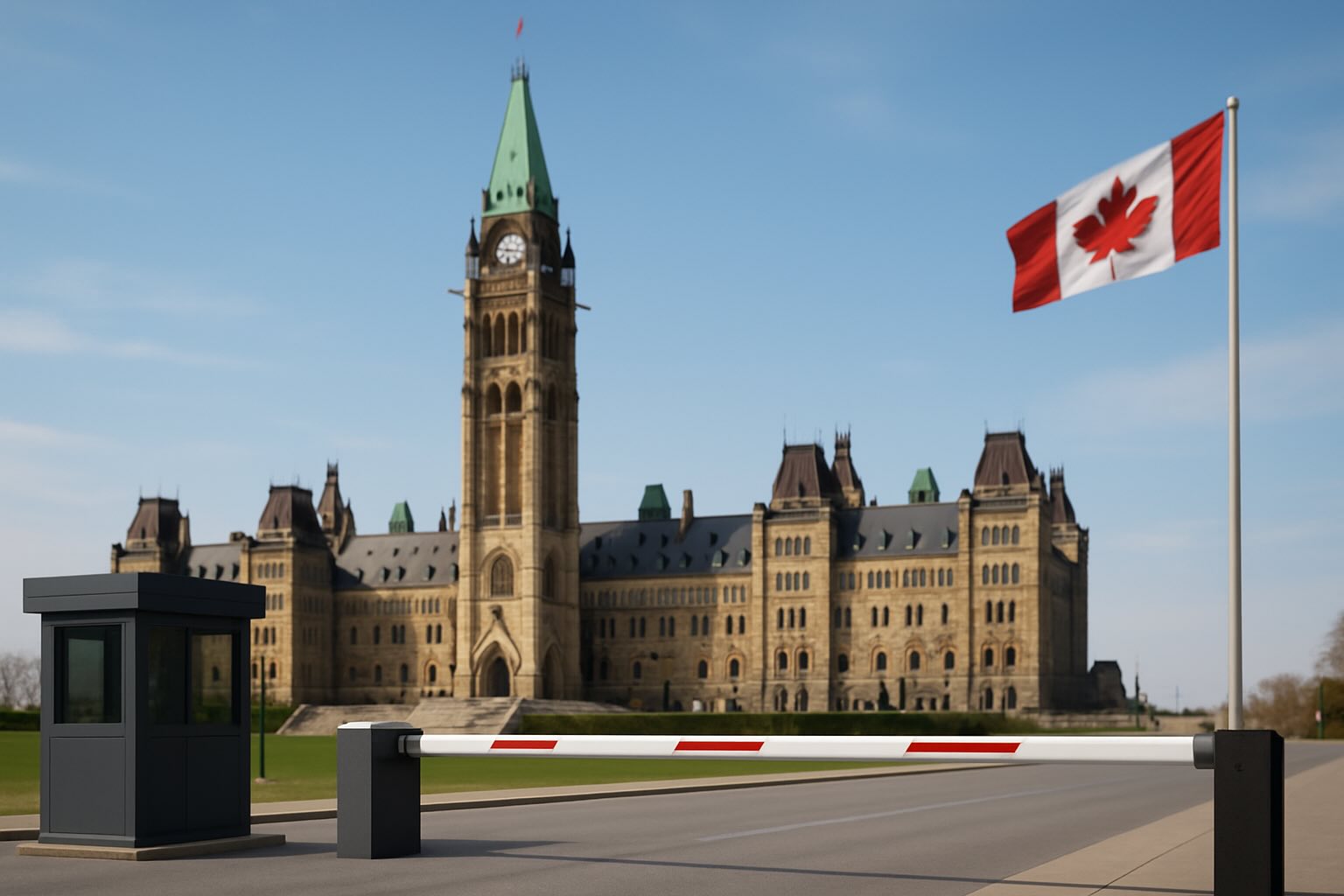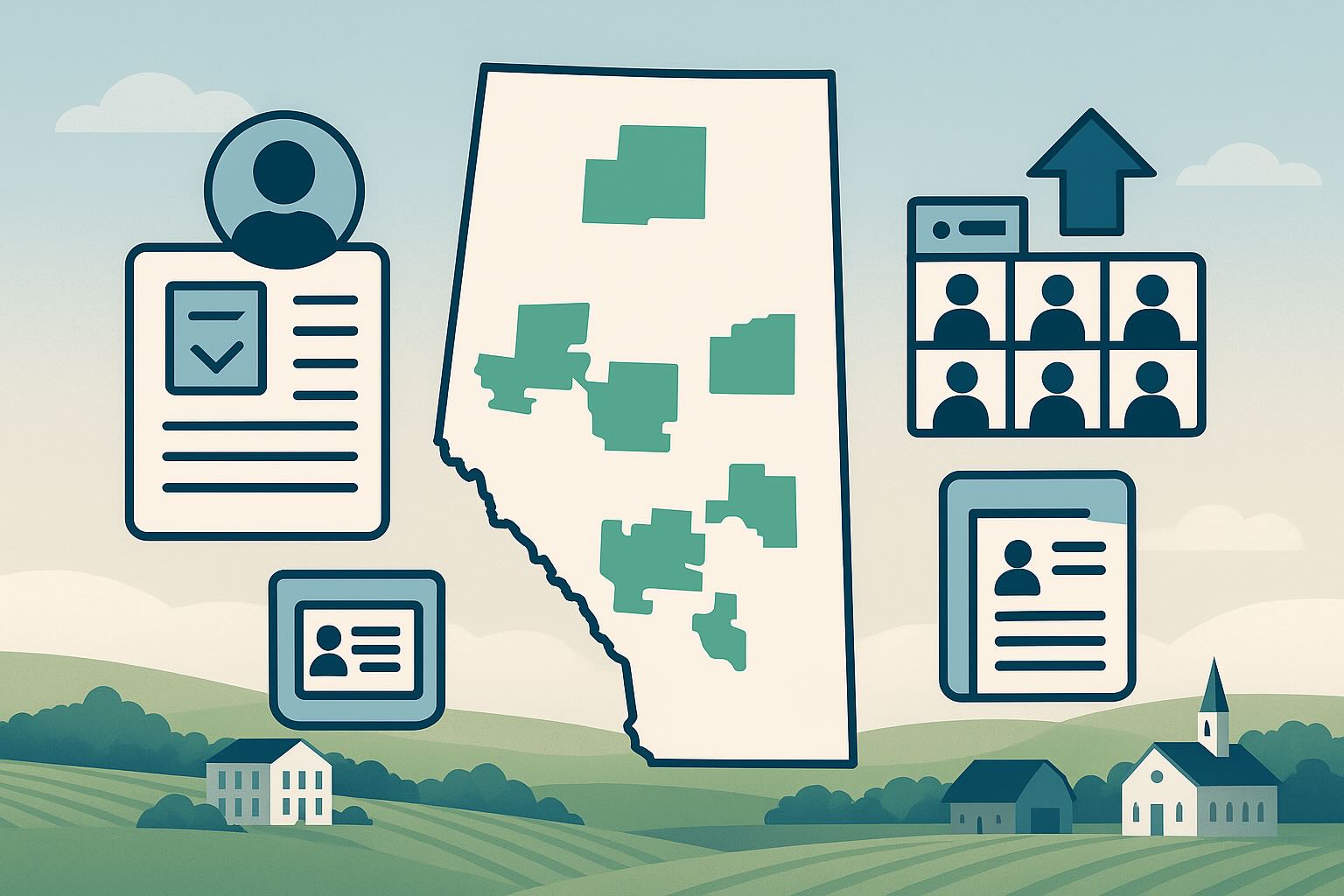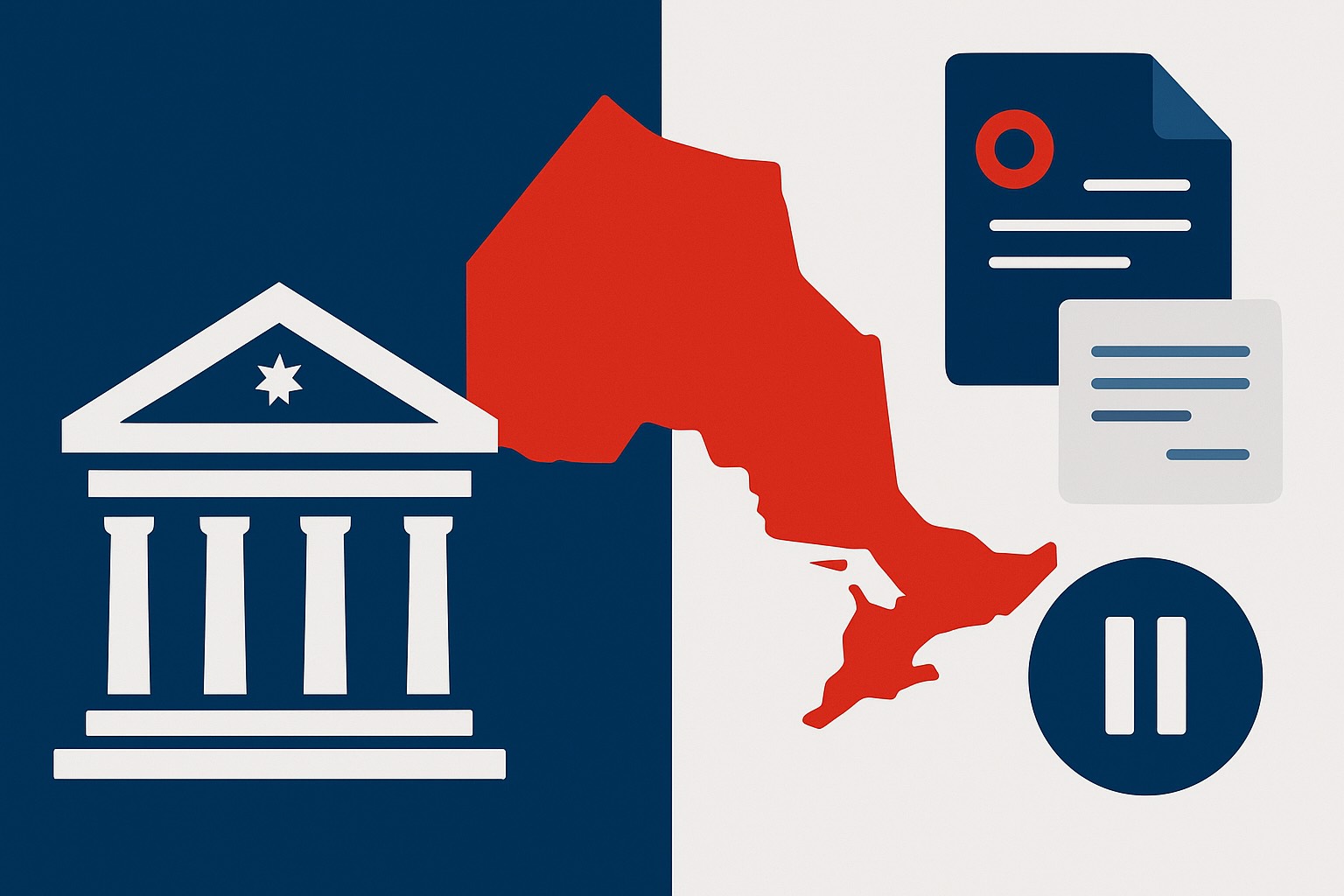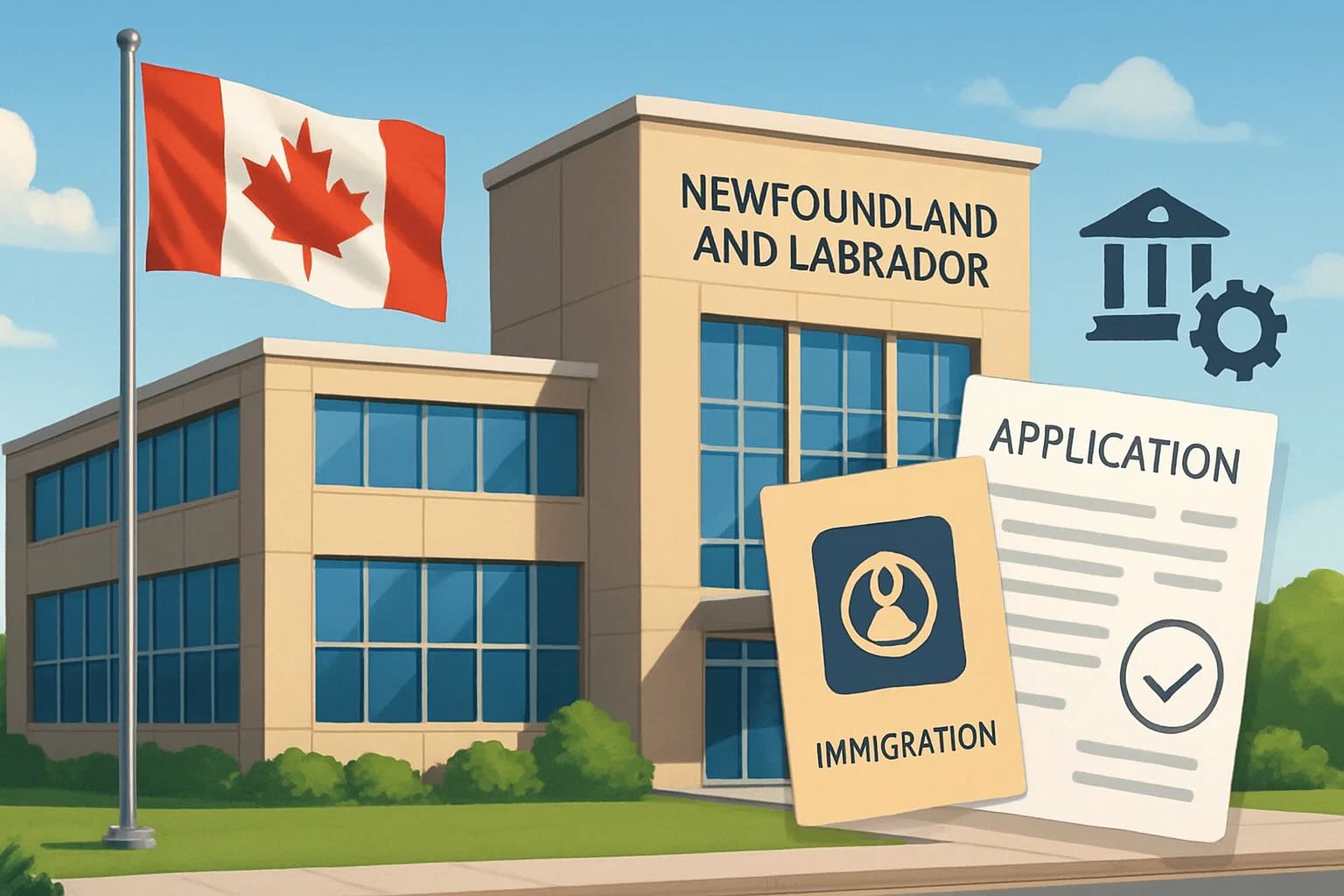Immigration, as a crucial factor shaping Canada's social and economic landscape, has historically been a prominent issue in federal politics. Particularly at a time when the country faces multiple challenges including tight housing supply, strain on the healthcare system, and labour shortages in specific sectors, the direction of future immigration policy is attracting significant attention. Mark Carney, leader of the Liberal Party, and Pierre Poilievre, leader of the Conservative Party, as potential next prime ministers, have both voiced their visions for Canadian immigration under their leadership.
With the election less than a week away, understanding the stances of the two major parties on key immigration issues is paramount for voters. This article will delve into various dimensions, detailing the specific policy proposals of the two parties concerning immigration admission targets, temporary residents, economic immigration, refugee and asylum processing, and border security.
1. Immigration targets (Permanent Residents)
The federal government sets annual immigration admission targets through its multi-year Immigration Levels Plan. Notably, the latest 2025-2027 plan for the first time included annual targets for temporary residents such as international students and temporary foreign workers.
Liberal Party:
Liberal Party leader Mark Carney has candidly stated that the current immigration system is not yet operating effectively. In a recent interview, he emphasized that immigration caps will remain in place "until we've expanded housing."
According to the Liberal Party's 2025 campaign platform, the party plans to stabilize annual permanent resident admissions at less than 1% of Canada's total population beyond 2027.
This target is largely consistent with Canada's current Immigration Levels Plan. The latest plan sets a target of 395,000 permanent residents in 2025. Considering Canada's estimated total population in 2025 is about 41.5 million, this annual target is indeed less than 1% of the total population.
This suggests that Carney and the Liberal Party are inclined to maintain the annual permanent resident admission targets at their current levels.
Conservative Party:
Pierre Poilievre explicitly suggested linking immigration levels to homebuilding progress during a press conference in January 2024.
Since then, he has repeatedly stated that if he were to become prime minister, immigration numbers would be lower, though he has not provided specific figures.
The Conservative Party's campaign platform declares that the party will aim to limit permanent immigration to "a sustainable rate similar to the levels under the Harper government (during its term from 2006-2015)." During this period, Canada's permanent immigration admissions ranged between 247,000 and 281,000.
However, the specific meaning of the "similar level" mentioned by the Conservatives—whether it refers to the absolute number of permanent residents being close to the Harper era figures, or a number adjusted proportionally to the current population size—remains somewhat ambiguous in their statements.
Furthermore, the plan reiterates the commitment to ensuring that the rate of population growth remains below the growth rates of housing, employment, and healthcare accessibility.
2. Temporary foreign workers (Temporary Foreign Workers and International Students)
Both party leaders have expressed concern about the sharp increase in the number of temporary foreign workers during the pandemic, deeming this growth unsustainable.
Liberal Party:
The Liberal Party's 2025 platform proposes to "cap" the total number of "temporary workers and international students at less than 5% of Canada's population by the end of 2027."
As of January 1, 2025, Canada's temporary resident population is estimated to be 3.02 million, which accounts for 7.27% of the total population in 2025.
The Trudeau Liberal administration, under former Immigration Minister Marc Miller, began implementing a series of measures in 2024 aimed at reducing Canada's temporary resident numbers in the coming years. These include setting temporary resident admission targets in the annual Immigration Levels Plan, imposing caps on study permit applications, and restricting eligibility for Post-Graduation Work Permits (PGWP) and spousal open work permits.
The latest Immigration Levels Plan indicates that the target for net new annual temporary resident arrivals will decrease by 150,000 between 2025 and 2026.
Conservative Party:
Poilievre has been particularly critical of the Temporary Foreign Worker Program (TFWP) in recent years.
According to the Conservative Party's platform, if they win the election, they promise to "restore integrity [to the system] by cracking down on fraud and dramatically reducing the number of temporary foreign workers and foreign students." However, specific numbers have not been provided.
The party platform also states that, if elected, they will require "union LMIA pre-checks." A Labour Market Impact Assessment (LMIA) is a document issued by the federal government allowing an employer to hire a foreign worker under the TFWP. Requiring union LMIA pre-checks would mean that an employer might need union approval before being able to hire a foreign worker through the TFWP.
Poilievre has publicly stated in the past that foreign workers should only be allowed in "rare circumstances," such as for farming or small businesses in tight labour markets, where there are not enough Canadian workers to fill jobs.
Another significant plan in the Conservative Party's 2025 platform is to require criminal background checks for all individuals entering Canada on a study permit. This is a notable change, as currently international students applying for a study permit are not typically required to proactively submit a police certificate, although an immigration officer may request one if necessary. It's important to note that Canadian immigration law already stipulates that all foreign nationals must be admissible to enter Canada, and a criminal record can itself lead to a study permit refusal. The change proposed by the Conservatives is to make criminal background checks a standard requirement for all applications. Applications for permanent residency typically already require police certificates from countries where an applicant has lived for more than six months as an adult.
3. Economic Immigration
Both major parties have generally held positive views on economic immigration in the past, recognizing its crucial role in filling labour market gaps and boosting economic growth.
Liberal Party:
The Liberal Party's 2025 platform expresses a desire to "revitalize" the Global Skills Strategy "to help high-growth Canadian businesses and entrepreneurs with new projects that will support Canada's strategic economic growth."
The party also hopes to attract high-skilled workers, particularly from the U.S., through this initiative.
The plan further mentions working with provinces and territories to streamline and accelerate the recognition process for foreign credentials and international professional experience. It should be noted that many regulated professions in Canada (such as trades, teachers, healthcare workers) are regulated at the provincial or territorial level, meaning that foreign skilled workers often need to meet different provincial/territorial requirements to legally work in the same field after moving to Canada.
Conservative Party:
Notably, the Conservative Party's 2025 campaign platform does not specifically elaborate on its economic immigration policies.
However, Poilievre has previously commented on simplifying foreign credential recognition. In October 2024, he proposed establishing a national licensing standard for the healthcare sector, under which provinces could adopt a "blue seal" certification system, allowing immigrant doctors and nurses to pass a unified test to obtain licenses and begin working sooner.
4. Refugees and asylum seekers
With the increase in the number of asylum seekers over the past year, the issue of refugees has become a public focus, leading to clear differences in the stances of the two major parties.
Liberal Party:
In a recent campaign stop, Carney attributed the increase in asylum seekers from the U.S. to former President Donald Trump's crackdown on migrants, stating that this situation is "not acceptable."
He said, "Canada and the U.S. must work in closer collaboration in order to manage this situation."
The Liberal Party's 2025 campaign platform promises to provide legal aid for asylum seekers and refugees to ensure applicants receive professional advice and representation, thereby expediting the processing and resolution of their cases.
Conservative Party:
In contrast, Pierre Poilievre has expressed skepticism regarding refugee and asylum claims in recent years, believing that many are "fraudulent."
At a recent campaign event, he stated unequivocally that he supports "legal immigration," but "if they're a fraudster, they will have to go."
He has previously called for a cap on the number of asylum seekers and expressed willingness to help genuine refugees but stated he has no patience for "people who lie to come into our country."
The Conservative Party's 2025 campaign platform is relatively concise, stating only that the party will process refugee claims faster using a "last-in, first-out" basis. This method prioritizes processing newer applications over older backlogged cases, aiming to accelerate review times and prevent case backlogs.
The party also stated that it will seek to "implement departure tracking" to effectively monitor foreign nationals who overstay their permitted duration of stay in Canada.
5. Border security and general safety
Both major parties have pledged to prioritize national security and take a firm stance against crime, with the Conservative Party's statements on these issues being more assertive.
Liberal Party:
The Liberal Party stated that it will "move forward with a credible and fair immigration system that removes failed claimants once due process has been accorded." This largely continues Canada's current approach to processing refugee and asylum claims but implies a faster removal process after refusals.
The party also promised to increase resources for security screenings, quickly identify and remove inadmissible individuals, tighten visa requirements, and step up enforcement against immigration fraud – some of these policies were already announced in 2025 under former Immigration Minister Marc Miller.
Conservative Party:
Pierre Poilievre has been advocating for enhanced border security measures for years. He previously put forward a six-point plan that included deploying Canadian forces at the border (including military helicopters and surveillance), increasing border agents, and extending the enforcement powers of the Canada Border Services Agency (CBSA) to the entire border line, not just official crossings.
The Conservative Party's 2025 campaign platform also specifically stated that it will crack down on criminal activity by visiting foreign nationals. Any individual who commits a crime while in Canada as a visitor will be quickly removed from the country. Currently, the time required to process criminal activities by visitors in Canada can vary depending on the severity of the crime and the complexity of the legal proceedings.
6. Francophone immigration
Liberal Party:
Mark Carney has explicitly stated his support for increasing francophone immigration outside Quebec.
His proposed plan aims for a target of 12% francophone immigration outside Quebec by 2029. This target is significantly higher than the targets set in the latest Immigration Levels Plan: 8.5% in 2025, 9.5% in 2026, and 10% in 2027.
Conservative Party:
Poilievre has generally expressed support for increasing francophone immigration and protecting French language culture in Canada, but his 2025 campaign platform does not provide specific admission numbers or percentage targets.
7. Other aspects
Liberal Party:
In addition to the main policies mentioned above, the Liberal Party's campaign platform also promises to:
- Leverage digital service tools to reduce processing times and eliminate case backlogs;
- Enhance cooperation between federal, provincial, and territorial authorities on issues such as applicant status, removals, and settlement supports;
- Continue to respect the immigration levels determined through consultation with the Government of Quebec, in order to protect Quebec's French language and culture.
Conservative Party:
The Conservative Party's campaign platform explicitly opposes the "Century Initiative"'s proposed radical urban population growth plan. This plan suggests dramatically increasing the populations of major cities such as Toronto, Montreal, Vancouver, Calgary-Edmonton metropolitan area, and Ottawa-Gatineau metropolitan area within a single generation. While Canada's major cities are preferred destinations for new immigrants, the federal government has been working to disperse the benefits of immigration across Canada through programs like the Atlantic Immigration Program and the Rural Community Immigration Pilot. It is worth noting that the "Century Initiative" is a non-profit organization whose goal is to support sustained economic prosperity by increasing Canada's population.
Overview of Key Immigration Policies: Liberal vs. Conservative Party
| Policy Area | Liberal Party Main Stance | Conservative Party Main Stance |
|---|---|---|
| Immigration targets | - Stabilize at less than 1% of total population (beyond 2027); - similar to current levels; - leader mentioned linking to housing. | - Limit to a "sustainable rate similar to the Harper government era" (specific numbers unclear); - promises population growth rate lower than housing/employment/healthcare growth rates. |
| Temporary foreign workers (TFW/IS) | - Cap total number at less than 5% of total population by end of 2027; - already implementing restrictive measures (study permit cap, work permit restrictions, etc.); - plans to reduce net TR arrivals. | - "Dramatically reduce" numbers (specific figures not published); - crack down on fraud; - require union LMIA pre-checks; - limited to very few specific labour markets; - require criminal background checks for all study permit applicants. |
| Economic immigration | - "Revitalize" Global Skills Strategy, attract high-skilled workers; - cooperate with provinces/territories to simplify foreign credential recognition. | - Platform not detailed; - leader previously supported simplifying foreign credential recognition, proposed national "blue seal" standard for healthcare. |
| Refugees and asylum seekers | - Blame U.S. crackdown; - emphasize Canada-U.S. cooperation in management; - provide legal aid to expedite processing. | - Suspect some claims are "fraudulent"; - support legal immigration, expel fraudsters; - may cap asylum seekers; - process faster ("last-in, first-out"); - implement "departure tracking". |
| Border security and general safety | - Remove failed claimants faster after due process; - increase security screening; - quickly identify/remove inadmissible persons; tighten visas; - strengthen anti-fraud enforcement (some already in effect). | - Leader has long called for increased security; - proposed deploying military/more border agents/extending CBSA power to entire border; - crack down on visitor crime and expedite removal. |
| Francophone immigration | - Leader calls for increasing francophone immigration outside Quebec; - target is 12% by 2029 (higher than current plan levels). | - Leader generally supports increasing francophone immigration; - platform does not provide specific numerical targets. |
| Other aspects | - Leverage digital tools to reduce backlogs; - enhance federal/provincial/territorial cooperation; - respect Quebec's immigration levels. | Oppose the "Century Initiative"'s plan for radical population growth in major cities. |
This detailed policy comparison not only highlights the different approaches taken by the two major parties in responding to Canada's current challenges and planning for future development but also provides voters with important criteria for assessing their potential governing direction. The complex relationship between housing, employment, healthcare, social services, and immigration levels, as well as how to ensure the system's sustainability while maintaining openness, will be critical issues for the next government to address. The outcome of the election will undoubtedly have a profound impact on Canada's immigration policy direction and national landscape in the coming years.

